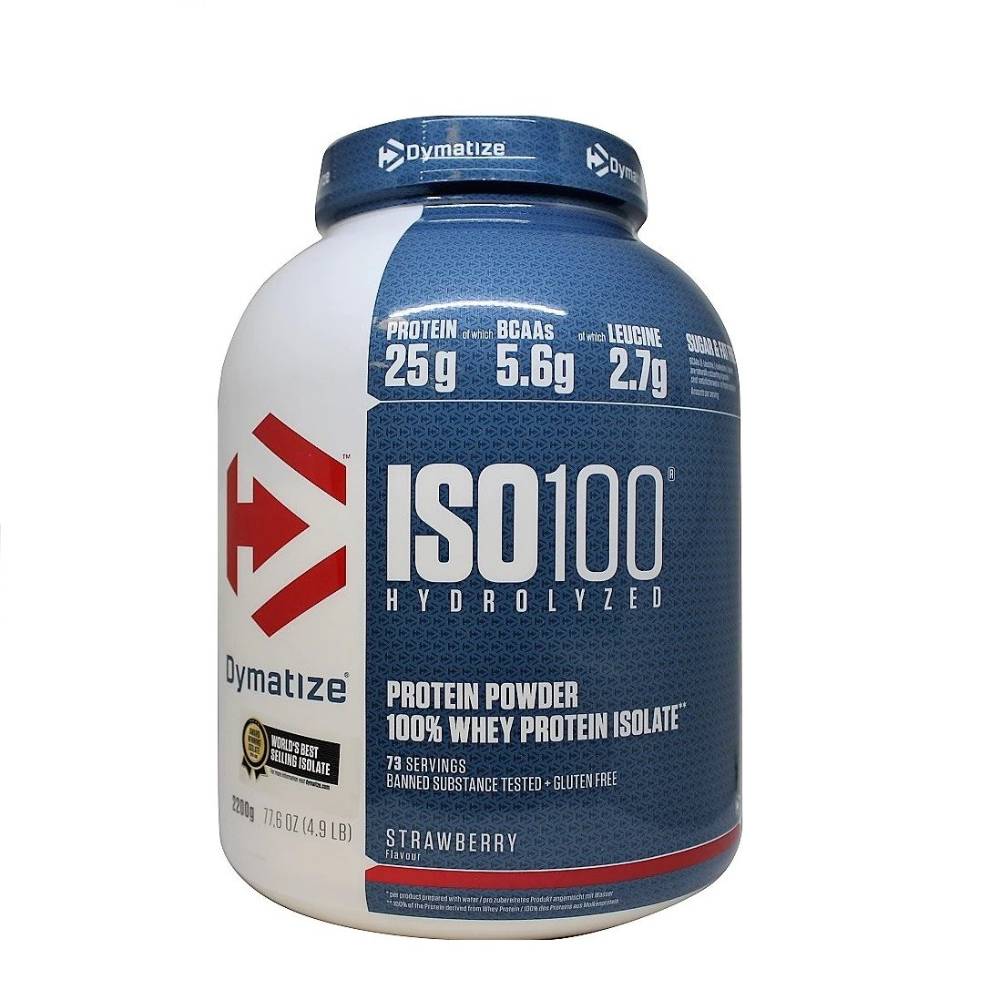What is Cardio - Complete Guide to Cardio Exercises at the Gym and Benefits

Cardio training is an essential component of a healthy lifestyle, offering significant benefits for the cardiovascular system and overall well-being. This guide explores in detail what cardio is, the types of exercises recommended, and how to effectively integrate it into your fitness routine, regardless of your experience level.
The definition and importance of cardio training
The term "cardio" comes from "cardiovascular" and refers to exercises that stimulate the heart and circulatory system. A cardio workout involves any form of movement that increases your heart and breathing rate for a sustained period of time.
The main characteristics of cardio exercises include the involvement of large muscle groups, continuous performance, increased heart and respiratory rates, and the ability to be sustained for longer periods (minimum 10-15 minutes).
The importance of cardio for health is significant. It improves cardiovascular and respiratory function, increases exercise capacity, burns calories, reduces the risk of cardiovascular disease, lowers blood pressure and cholesterol, improves mood, and reduces stress.
Experts recommend a minimum of 150 minutes of moderate cardio or 75 minutes of vigorous cardio per week for optimal health. Examples include running, brisk walking, cycling, swimming, aerobic dancing, or HIIT (High-Intensity Interval Training) workouts.

For those interested in improving their performance and achieving their fitness goals, it is recommended to integrate sports nutrition products into their diet that can support effort and recovery in cardio workouts.
Health benefits of cardio exercises
Cardio workouts offer numerous benefits for overall health, positively impacting both the physical and mental aspects of our well-being:
1. Improves cardiovascular health: Increases heart efficiency and improves blood circulation, reducing the risk of heart disease and hypertension.
2. Increased lung capacity: Improves blood oxygenation and increases the body's overall resistance.
3. Weight Control: Burns calories effectively, helping to maintain a healthy weight. In addition to cardio exercises, weight loss is also supported by special foods and supplements, which can complement weight loss efforts.
4. Regulates blood sugar: Helps balance insulin levels and lower blood sugar.
5. Strengthening the immune system: Stimulates circulation and production of immune cells, increasing resistance to infections.
Another essential benefit of cardio exercises is that they improve your mental state. They stimulate the release of endorphins, reducing anxiety and depression.

Regular cardio training also improves sleep quality and increases energy levels, contributing to an overall sense of well-being and increased productivity in daily activities.
Types of cardio exercises for men and women popular
The variety of cardio exercises allows everyone to find activities that suit their preferences and fitness level. Here is a selection of effective cardio exercises that are popular with both men and women:
1. Running: On a treadmill or outdoors, it quickly increases your heart rate and burns a lot of calories. It is affordable and requires no special equipment, making it ideal for improving cardiovascular endurance.
2. Cycling: On a stationary bike or outdoors, it is great for joints due to its low impact. It offers excellent cardiovascular benefits and can be easily adapted to different intensity levels.
3. Swimming: It works the entire body and is great for people with joint problems. It is a low-impact exercise that offers cardiovascular and muscle-toning benefits.
4. Aerobic exercise: Aerobics, Zumba, or other group exercise classes are popular, especially among women. They combine cardiovascular benefits with the social and fun aspect of group exercise.
5. HIIT: Alternating short periods of intense effort with recovery breaks, it is very effective for burning calories. It is ideal for those looking for quick results and have limited time for training.
At the gym, you can use various machines such as treadmills, elliptical bikes, steppers, and rowing machines. These machines offer a variety of options for effective cardio workouts, regardless of the weather conditions or time of day. To maximize the effectiveness of your workouts, it is recommended to use as many fitness accessories as possible that can enhance your cardio training experience.

For optimal results, 150-300 minutes of moderate cardio or 75-150 minutes of intense cardio per week is recommended. It's crucial to choose the right exercises and vary your workouts to avoid monotony and constantly challenge your body.
How to create a cardio workout routine at the gym
Creating an effective cardio routine at the gym requires planning and adapting to your personal goals. Here are some steps to building an effective cardio workout program:
1. Set clear goals: Define your goals, whether it's losing weight, improving fitness, or increasing endurance. Specific goals will help you stay motivated and measure your progress.
2. Choose the right equipment: Experiment with different cardio machines to find what works for you. Each piece of equipment offers unique benefits and can target different muscle groups.
3. Plan duration and frequency: Divide the recommended time (150-300 minutes of moderate or 75-150 minutes of vigorous) into 3-5 weekly sessions. Make sure the schedule is realistic and fits your lifestyle.
4. Vary the intensity: Include constant intensity workouts, high intensity intervals (HIIT), and progressive workouts. This variety prevents plateauing and keeps workouts interesting.
5. Combine with strength training: Alternate cardio days with weight training days for optimal results. This approach ensures a balanced development of physical fitness and muscle mass.
Cardio for Beginners - Tips and Recommendations
For those new to cardio training, it's essential to take it slow and listen to your body. Here are some helpful tips for beginners:
1. Start easy and progress gradually: Start with short, low-intensity sessions of 10-15 minutes and gradually increase the duration and intensity. This approach allows the body to adapt and reduces the risk of injury.
2. Choose enjoyable activities: Experiment with different types of cardio to find what works best for you. Use accessories to help you out, and remember: the more you enjoy the activity, the more likely you are to stick with it long-term.
3. Warm up properly: Spend 5-10 minutes warming up to prepare your body and reduce the risk of injury. A good warm-up increases blood flow and flexibility, preparing your body for exertion.
4. Monitor your heart rate: For men who are just starting out, keep your heart rate between 50-70% of your maximum heart rate (220 - age). This approach ensures an effective workout without overexerting your body.
Combining cardio with strength training
Combining cardio with strength training offers the benefits of both types of training, maximizing the results and efficiency of your time at the gym. Here are some effective strategies for combining these two types of training:
1. Circuit training: Alternate strength training with short intervals of intense cardio. This method keeps your heart rate elevated, burns calories, and builds muscle mass all at the same time.
2. Split Days: Dedicate certain days to cardio and others to strength training. This approach allows you to focus on each type of training separately, maximizing the specific benefits.
3. Post-strength cardio: Perform 20-30 minutes of cardio after your weight training. This strategy can help burn fat by using glycogen stores depleted during strength training.
4. HIIT: It naturally combines intense cardio with strength training, making it effective for burning calories and improving fitness. HIIT is great for those looking for maximum efficiency in limited time.

When combining cardio with strength training, make sure you allow enough recovery time and eat properly to support both types of physical exertion. Adequate nutrition and quality sleep are essential to fully benefit from this combined approach. To support effort and recovery, Nutriland offers a wide range of healthy foods and snacks that can perfectly complement your training routine.
Incorporating cardio into your fitness routine has significant health and wellness benefits. Whether you’re a beginner or an experienced athlete, there are a variety of cardio options that can be adapted to your needs and preferences. Start by setting realistic goals, choose activities you enjoy, and gradually progress in intensity and duration. Combine cardio with strength training for optimal results, and don’t forget the importance of recovery and a balanced diet. With consistency and dedication, you’ll see significant improvements in your fitness, daily energy, and overall health. Take the first step today toward a healthier, more energetic version of yourself by incorporating cardio into your lifestyle.
reference
1. American Heart Association. (2018). American Heart Association Recommendations for Physical Activity in Adults and Kids.
2. Garber, CE, et al. (2011). Quantity and Quality of Exercise for Developing and Maintaining Cardiorespiratory, Musculoskeletal, and Neuromotor Fitness in Apparently Healthy Adults: Guidance for Prescribing Exercise. Medicine & Science in Sports & Exercise, 43(7), 1334-1359.
3. World Health Organization. (2020). WHO guidelines on physical activity and sedentary behavior.
4. Lavie, CJ, et al. (2015). Exercise and the Cardiovascular System: Clinical Science and Cardiovascular Outcomes. Circulation Research, 117(2), 207-219.
5. Pedersen, BK, & Saltin, B. (2015). Exercise as medicine - evidence for prescribing exercise as therapy in 26 different chronic diseases. Scandinavian Journal of Medicine & Science in Sports, 25(S3), 1-72.
Photo credit: Stan Madore on Pixabay, Gabin Vallet on Pixabay, HappyEnd on Pixabay, profivideos on Pixabay, Total Shape on Pixabay.
























